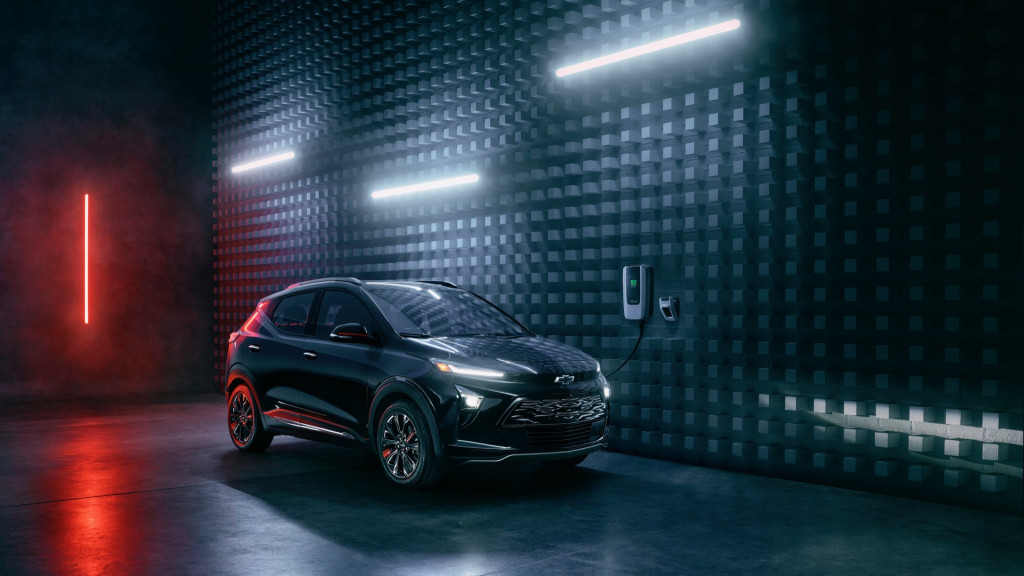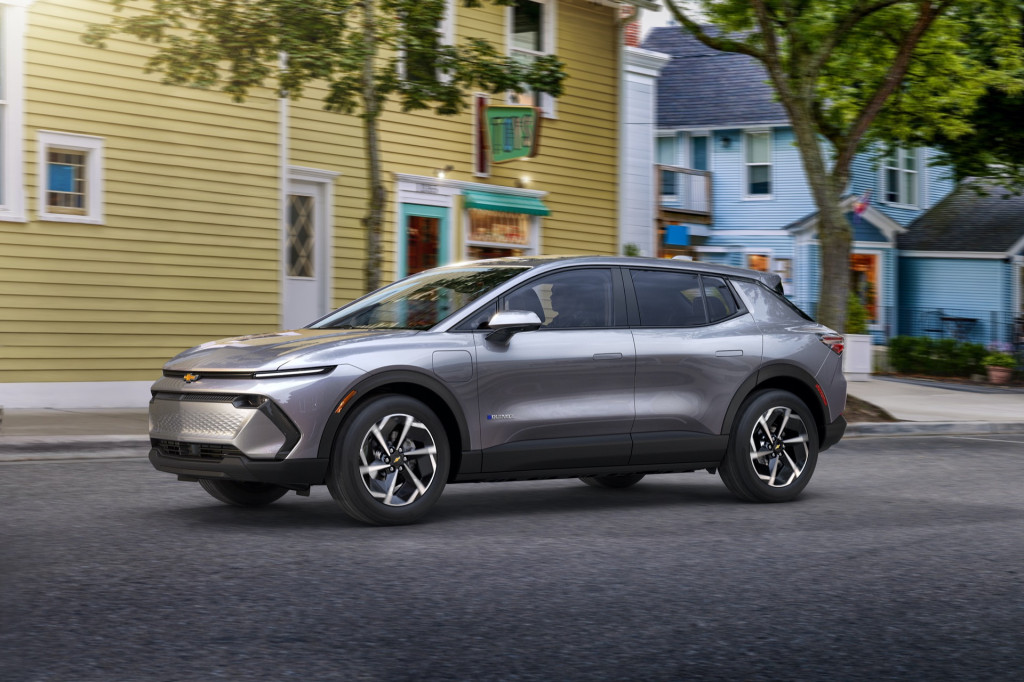General Motors is slowing down the its EV production ramp, but still appears committed to an EV-heavy future.
The automaker originally planned to produce 400,000 EVs by the end of 2023, but has now pushed that target back to mid-2024, according to the Wall Street Journal. That move, which comes after GM reported a big increase in gasoline truck deliveries for the third quarter of 2023, is reportedly due to battery-supply issues.

2023 Chevrolet Bolt EUV Redline Edition
GM pointed to a slow start at the Ultium Cells LLC battery plant in Ohio, one of several from the joint venture between the automaker and battery supplier LG.
But GM still appears to be preparing for an influx of EVs. It's been emphasizing an "EVs for Everyone" ad campaign that features the Chevrolet Bolt EV and EUV, as well as the upcoming Silverado EV, Blazer EV, and Equinox EV.

2024 Chevrolet Equinox EV
GM has also become one of the first companies to comment on its anticipated qualification for the revamped federal EV tax credit, which requires domestic assembly and certain levels of domestic battery-material content to qualify for the full $7,500 amount.
GM CEO Mary Barra, responding to a question in last week's quarterly call for investors, noted that GM thinks several of its models will be eligible for $3,750 at the start of next year and will be eligible for the full $7,500 two or three years after that. It also sees an opportunity for its suppliers to leverage a tax credit of up to $45 per kilowatt-hour for U.S.-made cells, and up to 10% of the U.S.-sourced battery electrode materials, which could further help with affordability.
Barra also said that GM has been working on contracts for battery materials and with suppliers to meet its goal of selling 1 million EVs in North America annually by 2025. GM said in July that it had secured all battery material to reach that goal, and earlier this month the automaker took an equity stake in an Australian mining company sourcing nickel and cobalt for batteries.
with additional reporting by Bengt Halvorson












